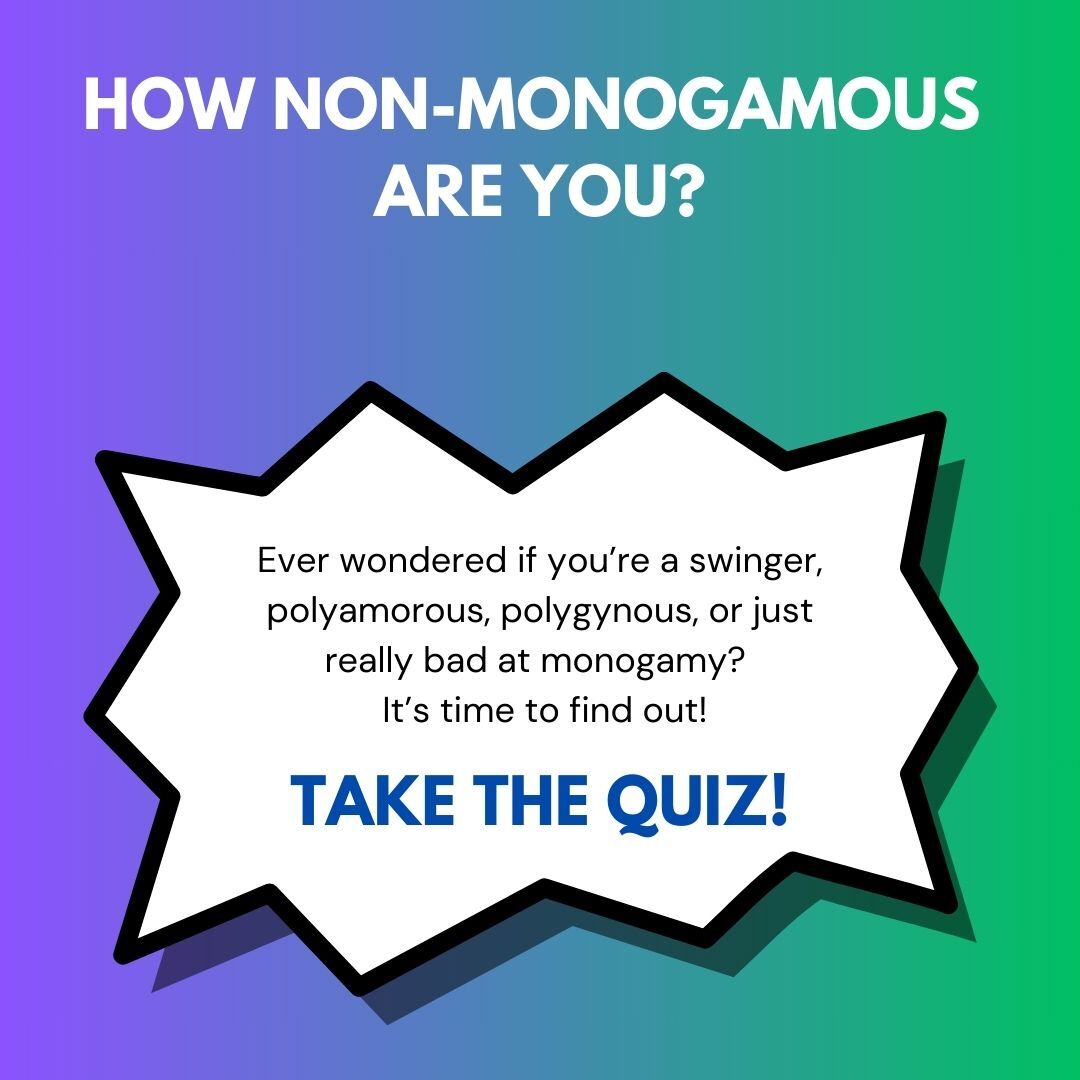Ethical Non-Monogamy vs. Consensual Non-Monogamy: What’s the Difference?
If you've been exploring open relationships, polyamory, or alternative relationship structures, you've likely come across the terms Ethical Non-Monogamy (ENM) and Consensual Non-Monogamy (CNM). At first glance, they may seem interchangeable—they both involve engaging in multiple romantic or sexual relationships with the knowledge and agreement of all involved.
However, there’s a subtle but important distinction between the two. Let’s break it down.
Defining Consensual Non-Monogamy (CNM)
Consensual Non-Monogamy is an umbrella term that encompasses all relationship structures where individuals engage in non-exclusive relationships with consent. This can include:
✅ Open relationships
✅ Swinging
✅ Polyamory
✅ Relationship anarchy
✅ Polygamy
In CNM, the key factor is that partners have some level of agreement that their relationship is non-exclusive. But here’s where things can get tricky—consent alone doesn’t always mean it’s ethical.
What Makes Non-Monogamy Ethical?
Ethical Non-Monogamy (ENM) takes CNM a step further by emphasizing active, ongoing communication, mutual respect, and consideration for everyone involved. It’s not just about getting a reluctant “okay” from a partner—it’s about ensuring that all parties feel valued, heard, and empowered in the relationship.
Ethical non-monogamy prioritizes:
✅ Transparency – Everyone involved has full knowledge of the relationship dynamics and agreements.
✅ Emotional Consideration – Partners check in with each other regularly, addressing concerns and emotions.
✅ Autonomy & Enthusiastic Participation – No one is pressured into non-monogamy just to keep a partner.
✅ Clear Boundaries & Agreements – Rules and expectations are established and revisited as needed.
In contrast, CNM relationships can sometimes lean into “surface-level” consent—where one partner allows the other to see other people but may not feel truly comfortable or secure in the dynamic. If there’s resentment, avoidance, or lack of real communication, it’s consensual… but is it ethical?
The Real-World Difference
Imagine two couples practicing non-monogamy:
1️⃣ Couple A (CNM) – One partner initiates an open relationship, and the other reluctantly agrees because they don’t want to lose them. They set some ground rules, but tough conversations are avoided. There’s consent, but little emotional engagement beyond that.
2️⃣ Couple B (ENM) – Both partners actively discuss what non-monogamy means to them, communicate their fears and desires, and check in regularly. If one partner has concerns, they openly address them rather than suppress them. There’s enthusiastic consent, emotional support, and ethical engagement.
Both couples are non-monogamous, but only one is practicing it ethically.
Final Thoughts
While all ethical non-monogamy is consensual, not all consensual non-monogamy is truly ethical. The difference? Intention, communication, and care.
If you’re curious about exploring ENM but don’t know where to start, I offer coaching to help individuals and couples navigate non-monogamy in a healthy, fulfilling way. Let’s talk!
Want more insights on non-monogamy? Book your Free 20 min Discover Call today.

